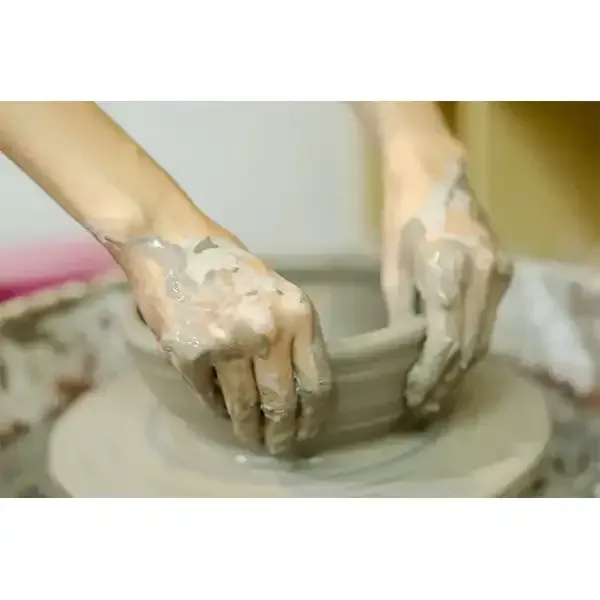Understanding Ceramic Tile Adhesive A Key Player in Tile Installation
Ceramic tiles are a popular choice for both residential and commercial flooring due to their durability, versatility, and aesthetic appeal. However, the effectiveness and longevity of a tiled surface greatly depend on the tile adhesive used during installation. Ceramic tile adhesive, also known as thin-set mortar, is a specialized bonding material that ensures tiles adhere properly to the substrate.
There are various types of ceramic tile adhesives available, each formulated for specific applications. The most common types are cement-based, mastic, and epoxy adhesives. Cement-based adhesives are favored for their strength and resistance to moisture, making them ideal for wet areas such as bathrooms and kitchens. Mastic adhesives, on the other hand, are easier to work with and set quickly, making them suitable for lighter tiles and dry environments. Epoxy adhesives are incredibly strong and are often used in high-traffic areas or for outdoor installations, as they provide superior water and chemical resistance.
Selecting the right adhesive is crucial. The conditions of the installation site, type of tiles, and expected foot traffic all influence the choice of adhesive. For instance, if you are installing large format tiles, a medium bed mortars or a specific large tile adhesive may be necessary to support the weight and ensure proper adhesion. Additionally, factors such as temperature, humidity, and the surface material can affect the performance of the adhesive.
ceramic tile adhesive

Proper surface preparation is also essential for achieving a successful bond. The substrate must be clean, dry, and free of contaminants such as dust, grease, or old adhesive residues. Uneven surfaces may require leveling compounds to create a smooth base for tile installation. The application of the adhesive should follow the manufacturer's instructions, ensuring the right amount is spread evenly on the substrate, using the appropriate notched trowel for the tile size.
When applying tile adhesive, it is important to work in small sections, as most adhesives have a limited open time once mixed. Pressing the tiles firmly into the adhesive and wiggling them slightly can help achieve a strong bond. After the installation, allowing adequate curing time for the adhesive before grouting is necessary to ensure a solid connection between the tiles and the surface.
In conclusion, ceramic tile adhesive plays a critical role in the installation process of ceramic tiles. With the right choice of adhesive, proper surface preparation, and correct application techniques, you can ensure a durable and appealing tile surface that stands the test of time. Whether it’s for a home upgrade or a commercial project, investing time in selecting the appropriate adhesive will pay dividends in longevity and performance.
-
Understanding Methyl 2 Hydroxyethyl Cellulose: Uses, Benefits & Industry InsightsNewsNov.24,2025
-
Hydroxyethyl Methyl Cellulose HEMC: Industrial Uses, Benefits & Future TrendsNewsNov.23,2025
-
HEMC Cellulose: Versatile & Sustainable Industrial Polymer | YoungcelNewsNov.23,2025
-
Methyl Hydroxyethyl Cellulose: Versatile Building Block for Industry & SustainabilityNewsNov.23,2025
-
CAS 9032 42 2: Understanding Polyvinyl Alcohol's Impact on Industry & SustainabilityNewsNov.22,2025
-
Hydroxyethyl Methyl Cellulose: Versatile Solutions for Modern Industry and SustainabilityNewsNov.22,2025




